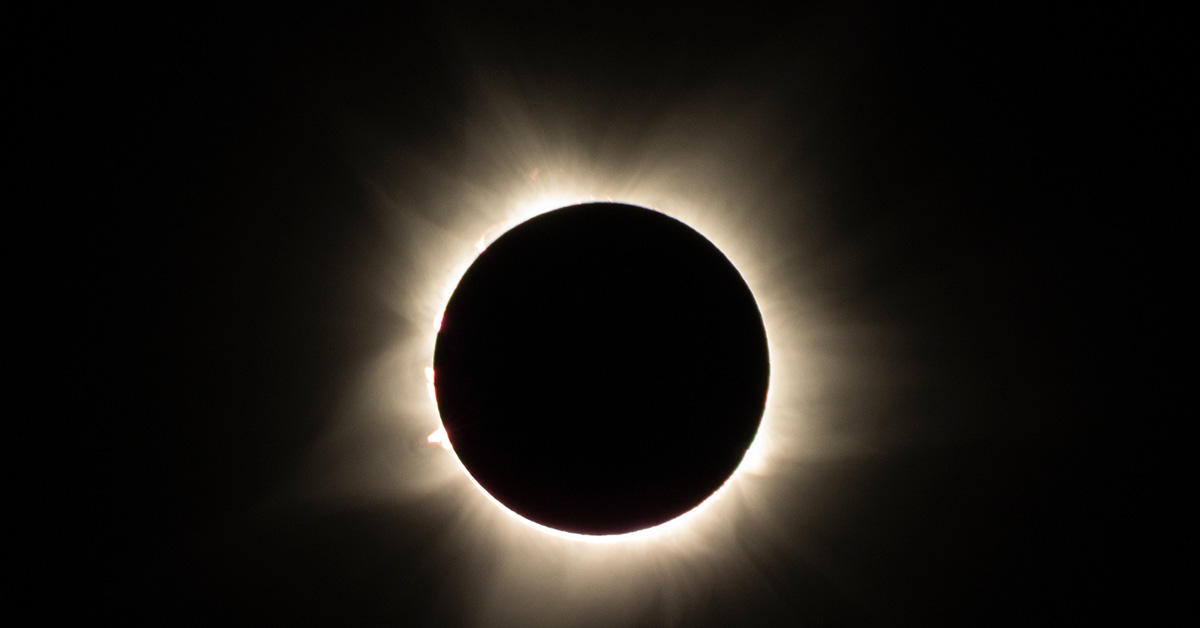It’s common knowledge now that there’s a total solar eclipse approaching on April 8. But researchers are sounding alarms about the potential hazards on the road eclipses bring. Insights from the 2017 total solar eclipse indicate a troubling surge in fatal car accidents during similar astronomical (and astrological) events. An analysis done by the University of British Columbia and the University of Toronto offers a rough forecast, revealing that the upcoming eclipse may show a significant uptick in road fatalities.1
The Total Eclipse Study
Dr. Donald Redelmeier, a professor at the University of Toronto and one of the study’s authors, emphasized that “[t]he increased risks likely derive from increased traffic, travel on unfamiliar routes, speeding to arrive on time, driver distraction by a celestial event, drug or alcohol impairment, or eclipse viewing from unsafe roadside locations.” Seems like a bit of a wide net to blame on an eclipse, but the numbers don’t lie.
The research scrutinized the traffic dynamics during the 2017 total solar eclipse, uncovering a problematic pattern. Over the three days during the last eclipse, there were 741 fatalities due to traffic accidents, translating to a staggering 10.3 deaths per hour. By contrast, the corresponding figure for control days stood at 7.9 fatalities per hour, a 31% surge in fatal crash involvement.
Dr. John Staples, a clinical associate professor at the University of British Columbia, spoke about the importance of adopting proactive measures to avert potential calamities. “To help prevent another possible surge in traffic fatalities, drivers should respect speed limits, minimize distractions, allow more headway, wear a seatbelt, and never drive impaired.”
What’s Causing the Issues Specifically
Contrary to popular belief, the spike in fatal crashes isn’t directly correlated with the darkness from the solar eclipse. Dr. Redelmeier clarified, “The problem is the surrounding hours when people are traveling to their place of observation and especially afterward.”2 People are celebrating the eclipse, partying, not quite themselves – it’s relatively similar to a New Year’s Eve set of circumstances on the road.
Redelmeier and Staples meticulously combed through the National Highway Traffic Safety Administration’s Fatality Analysis Reporting System, noticing how the temporal pattern runs. Fatal crash rates surged above average before the eclipse, plummeted during the event, and then skyrocketed to nearly 50% above average post-eclipse.
Drawing parallels to major travel holidays, such as Thanksgiving and July 4th weekend, it is incredibly important to spread the news and keep others informed about the risks. Next week’s solar eclipse, with its potential to lure millions of spectators onto the roads for multiple reasons, demands heightened vigilance and adherence to safety protocols.
Redelmeier reiterated the urgency of embracing standard safety measures, encapsulating the essence of their findings. He hammered home the importance of obeying speed limits, minimizing distractions while driving, actually using your turning signals (BMW drivers, this is, in fact, an all-the-time activity), lane changes, and, above all, using your seatbelt.
Solar Eclipse of the Car
As the solar eclipse draws near, all drivers need to remember the lessons from the past. Please plan to be extra conscientious in your driving, remove any distractions and please follow road safety protocols. Tragedy can be minimized, ensuring that the solar eclipse is only a spectacle to look up and marvel at, not one to look down and be shocked by.
Let us navigate the highways with prudence, ensuring that the allure of the heavens doesn’t (solar) eclipse the need to safeguard precious lives. There will be another solar eclipse, there won’t be another life if it crashes.
Read More: States Warn People to Stock Up on Food, Water, and Fuel Before Solar Eclipse

